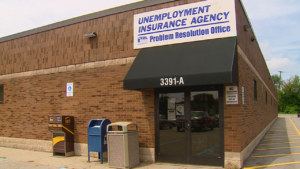The newly implemented E.P.A. rules require property owners to address any detectable level of lead dust as a hazard, aiming to protect over 300,000 children annually from the hazardous effects of lead exposure.
E.P.A. Enacts Stricter Standards for Lead Paint Dust Removal to Safeguard Children's Health

E.P.A. Enacts Stricter Standards for Lead Paint Dust Removal to Safeguard Children's Health
The Biden administration intensifies regulations concerning lead dust in homes and child-care facilities, compelling property owners to ensure cleanup.
The Biden administration has announced new regulations intended to enhance the safety of homes and child-care facilities by addressing lead-based paint dust. This initiative seeks to protect an estimated 300,000 children from lead exposure annually. Under these new rules, any detectable presence of lead dust in a building is classified as a “lead hazard,” and property owners will be held responsible for the necessary cleanup.
Lead, a known neurotoxin, poses significant health risks, particularly to young children whose brains and nervous systems are still developing. The addition of lead in paint was once common due to its properties that enhanced durability and moisture resistance. However, following the federal ban on residential lead-based paint in 1978, the Environmental Protection Agency (E.P.A.) now estimates that around 31 million older homes still harbor this hazardous material, with approximately 3.8 million housing children under six years old.
According to Michal I. Freedhoff, assistant administrator for the E.P.A.’s Office of Chemical Safety and Pollution, “The science is clear: There is no safe level of lead.” Freedhoff elaborates that lead exposure can severely hamper the developmental potential of children, transforming lives marked by promise into those filled with persistent challenges.
This move has prompted concern from property and business owners regarding the financial and logistical implications of the cleanup process mandated by these new regulations.























